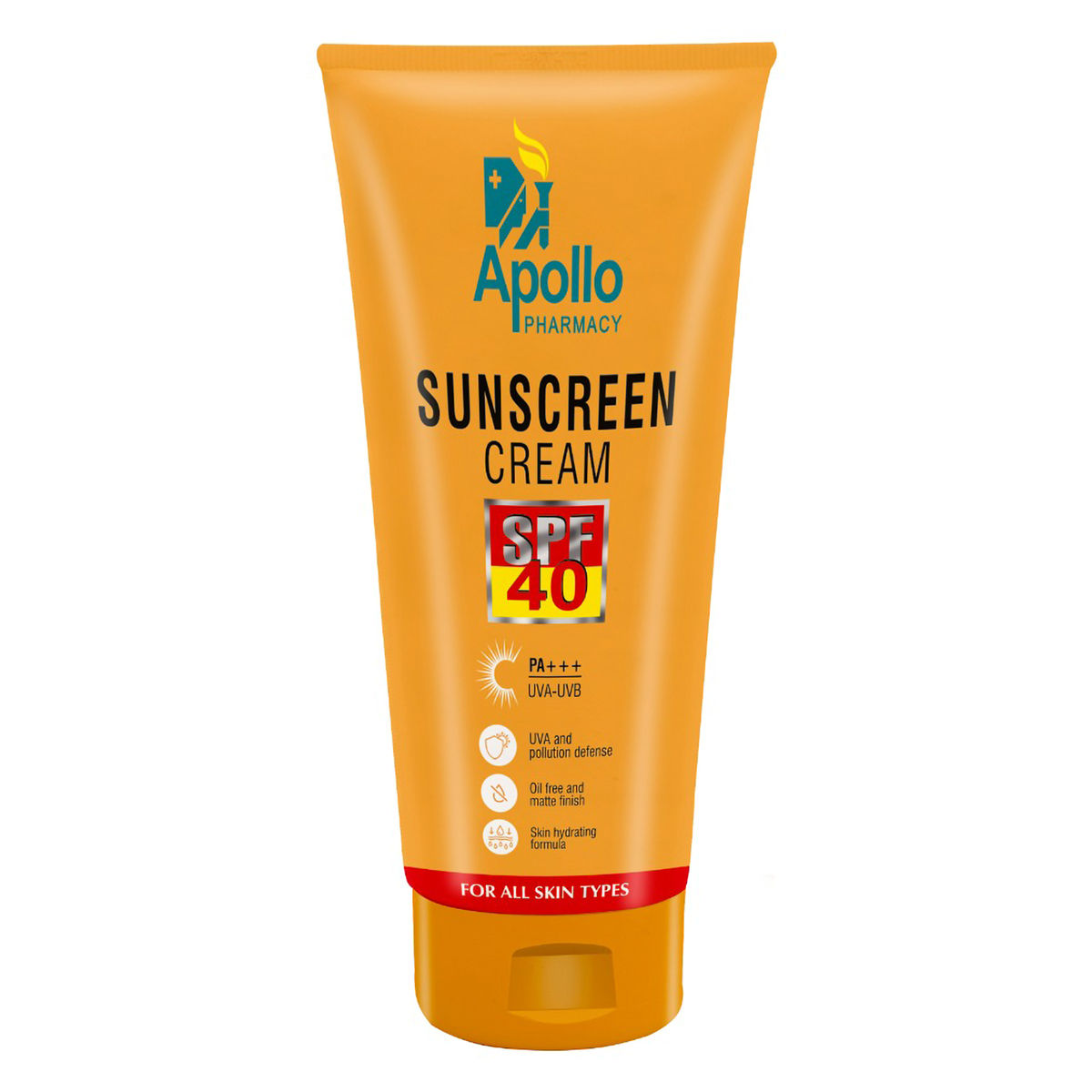Melanocyl Solution 25 ml




₹135.5*
MRP ₹150.5
10% off
₹127.92*
MRP ₹150.5
15% CB
₹22.58 cashback(15%)
Free Delivery
With Circle membership
(Inclusive of all Taxes)
This offer price is valid on orders above ₹800. Apply coupon PHARMA10/PHARMA18 (excluding restricted items)
Know Your Delivery Time
Provide Delivery Location
Available Offers

Secure Payment

India's Most Trusted Pharmacy

Genuine Products
Composition :
Manufacturer/Marketer :
Consume Type :
Return Policy :
Expires on or after :
About Melanocyl Solution
Melanocyl Solution belongs to the class of drugs called psoralens (light-sensitive drugs) used along with controlled ultraviolet light in a treatment called psoralen plus ultraviolet light A (PUVA) to treat skin conditions such as vitiligo and psoriasis. Psoriasis is a skin disorder in which skin cells multiply and form bumpy (uneven) red patches covered with white scales. Vitiligo is a skin condition that causes loss of skin colour in blotches when melanocytes (cells that produce the colour) do not produce skin pigment, melanin (that gives the skin colour).
Melanocyl Solution contains methoxsalen, which is used alongside ultraviolet-A radiation. It works by reducing the number of cells the skin makes.
Melanocyl Solution is for external use only. Some people may experience itching or skin irritation. Most of these side effects of Melanocyl Solution do not require medical attention and gradually resolve over time. However, if the side effects persist or worsen, please consult your doctor.
If you are allergic to Methoxsalen or any other medicines, please inform your doctor. If you are pregnant or a nursing mother, it is advised to inform your doctor before using Melanocyl Solution. After UVA exposure, you are recommended to wash the treated area of the skin with soap and water. Then use sunscreen or wear protective clothing to protect the treated area. If you have squamous cell cancer (a form of skin cancer) or melanoma (a serious type of skin cancer), please inform your doctor beforehand.
Uses of Melanocyl Solution
Directions for Use
Medicinal Benefits
Melanocyl Solution contains methoxsalen, used along with controlled ultraviolet light in a treatment called psoralen plus ultraviolet light A (PUVA) to treat skin conditions such as vitiligo (discoloured patches in different areas of the body, including the skin and hair) and psoriasis (scaly, itchy, and red patches on the skin). It is used alongside ultraviolet-A radiation. It works by reducing the number of cells the skin makes.
How Melanocyl Solution Works
Storage
 63 people bought
63 people bought Side Effects of Melanocyl Solution
- Skin irritation
- Itching
What if I have taken an overdose of Melanocyl Solution
Drug Warnings
Please inform your doctor if you are allergic to Methoxsalen or any other medicines. If you are pregnant or a nursing mother, it is advised to inform your doctor before using Melanocyl Solution. After UVA exposure, you are recommended to wash the treated area of your skin with soap and water. Then use sunscreen or wear protective clothing to protect the treated area. If you have squamous cell cancer (a form of skin cancer) or melanoma (a serious type of skin cancer), please inform your doctor beforehand. Wear special sunglasses during and for 24 hours after the treatment.
Drug-Drug Interactions
Drug-Drug Interactions
Login/Sign Up
Drug-Food Interactions
Drug-Food Interactions
Login/Sign Up
Diet & Lifestyle Advise
Vitiligo:
Minimize sun exposure. Use sunscreen with high SPF and protective sunglasses while going out in the sun.
Prefer using self-tanning lotions as they may help to even out skin tone and the effect lasts longer, even with washing.
Psoriasis:
Increase your intake of lean proteins containing omega-3 fatty acids, such as sardines, salmon, shrimp, flax seeds, walnuts and soybeans.
Avoid foods such as refined sugar, red meat, dairy products and highly processed foods, as these might trigger inflammation.
Avoid alcohol consumption as it may increase the risk of flare-ups.
Stress can also trigger psoriasis. Therefore, learn to manage and cope with stress by doing yoga, breathing, meditation, and journaling.
Habit Forming
Therapeutic Class
Melanocyl Solution Substitute

Octamop Lotion 30 ml
by Others
₹5.40per tabletMelcyl Lotion 30 ml
by Others
₹3.78per tabletSALEN TOPICAL SOLUTION 25ML
by Others
₹4.57per tabletMelavel Solution
by Others
₹2.81per tablet
Product Substitutes
Alcohol
Caution
The interaction of Melanocyl Solution with alcohol is unknown. Please discuss with your doctor if you have any concerns.
Pregnancy
Consult your doctor
If you are pregnant or planning pregnancy, please inform your doctor. Your doctor will prescribe only if the benefits outweigh the risks.
Breast Feeding
Consult your doctor
If you are breastfeeding, inform your doctor before using Melanocyl Solution. Your doctor will prescribe only if the benefits outweigh the risks.
Driving
Safe
Melanocyl Solution usually does not affect your ability to drive or operate machinery.
Liver
Consult your doctor
Please inform your doctor if you have any liver diseases/conditions.
Kidney
Consult your doctor
Please inform your doctor if you have any kidney diseases/conditions.
Children
Consult your doctor
The safety of Melanocyl Solution in children has not been established. However, please consult a doctor if you have any concerns regarding this.
FAQs
Country of origin
Manufacturer/Marketer address
Customers Also Bought
Disclaimer
Author Details
We provide you with authentic, trustworthy and relevant information
Reference
- https://www.drugs.com/cdi/methoxsalen-topical.html
- https://www.drugs.com/cons/methoxsalen-topical.html
- https://www.accessdata.fda.gov/drugsatfda_docs/label/2018/020969s010lbl.pdf
- https://my.clevelandclinic.org/health/drugs/20540-methoxsalen-topical-lotion
- https://www.sciencedirect.com/topics/biochemistry-genetics-and-molecular-biology/methoxsalen
- https://pubmed.ncbi.nlm.nih.gov/393036/





















